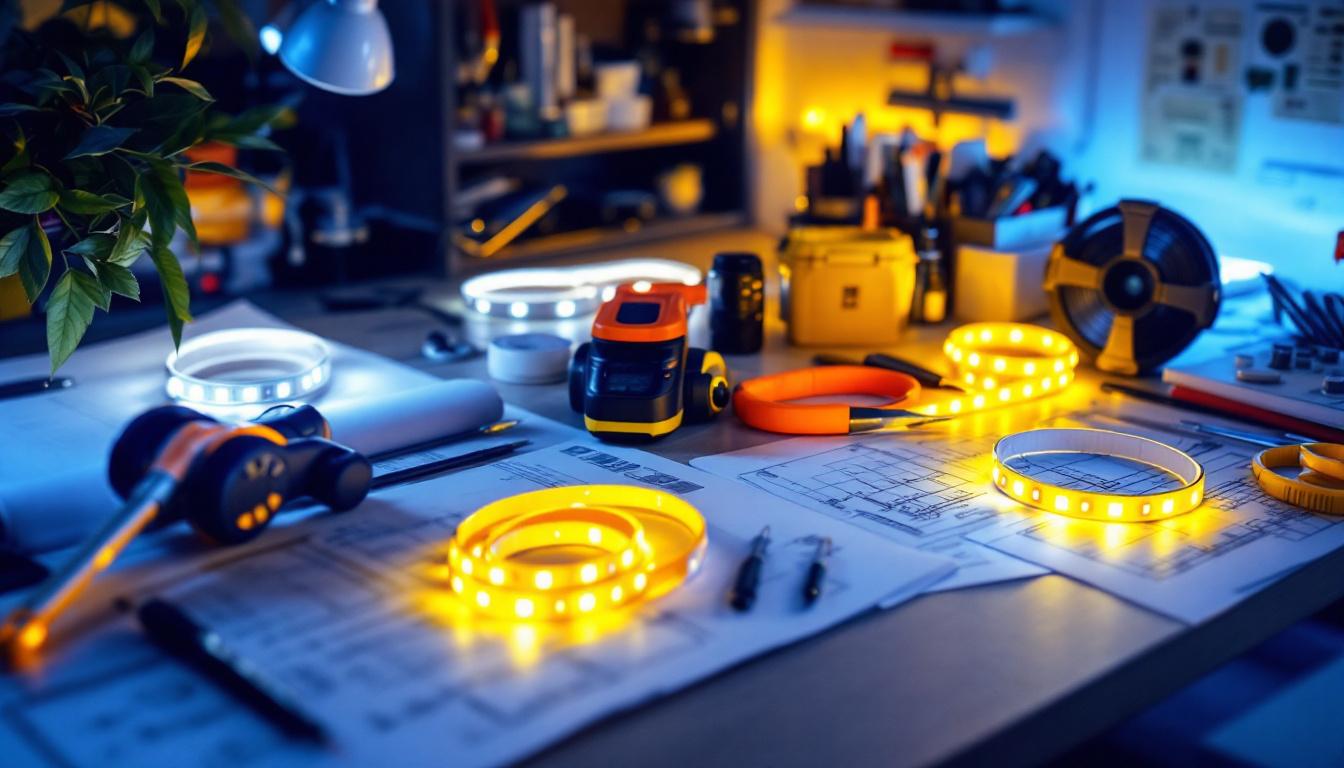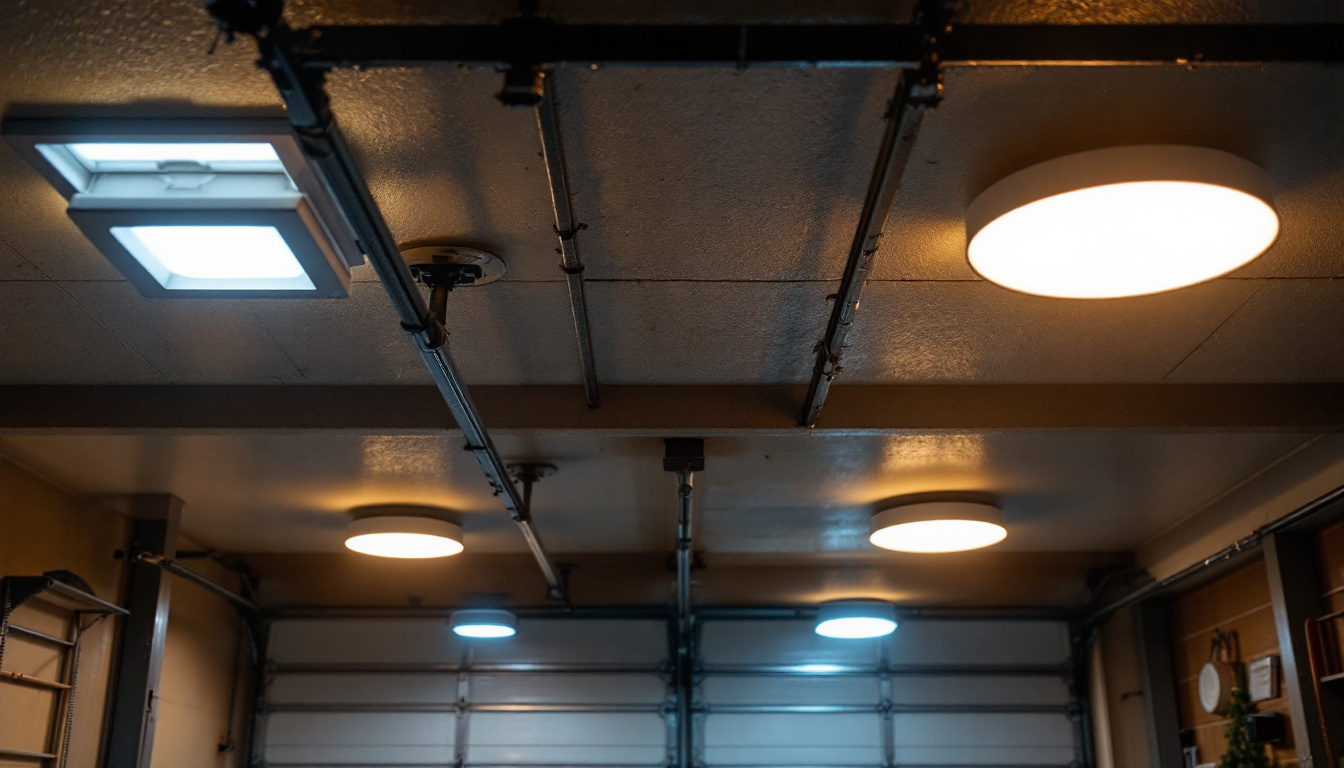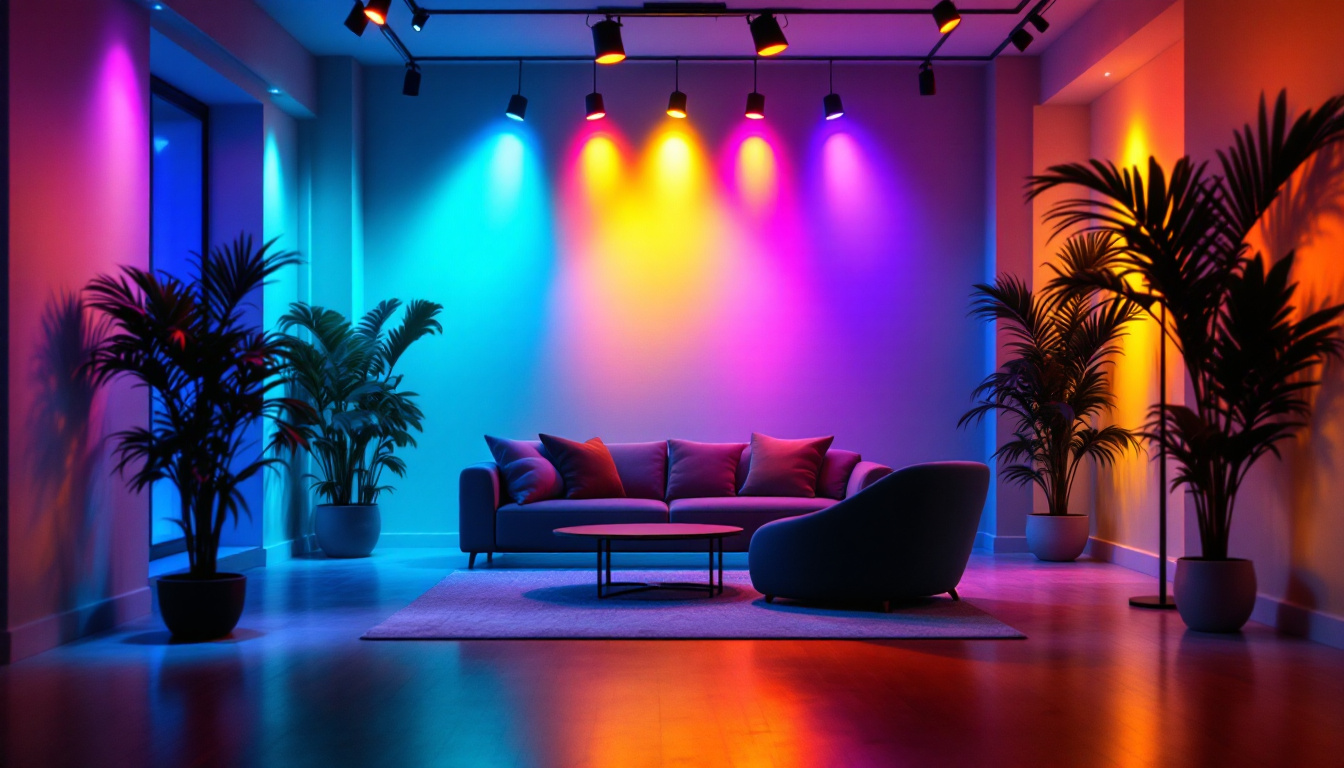
In the fast-evolving world of lighting design, LED strips have emerged as a favorite among contractors for their versatility, energy efficiency, and aesthetic appeal. However, navigating the wholesale market for LED strips can be daunting, especially for those looking to maximize their project’s potential while minimizing costs. This article aims to provide valuable insights into avoiding common pitfalls in LED strip wholesale purchasing, ensuring that lighting contractors can execute their projects flawlessly.
Before diving into the wholesale aspect, it’s crucial to grasp the fundamental characteristics of LED strips. Knowing the specifications and options available can significantly influence purchasing decisions and project outcomes.
LED strips come in various types, each designed for specific applications. The most common types include standard, waterproof, and RGB strips. Standard LED strips are ideal for indoor use, while waterproof variants are perfect for outdoor applications. RGB strips allow for color-changing capabilities, adding a dynamic element to lighting designs.
Understanding these types helps contractors choose the right product for their specific project needs, ultimately enhancing the overall design and functionality. Additionally, there are also addressable RGB strips, which allow for individual control of each LED, enabling stunning visual effects and animations. This feature is particularly popular in creative installations such as stage lighting and art displays, where the ability to customize lighting sequences can transform a space dramatically.
When selecting LED strips, several specifications should be taken into account. These include brightness (measured in lumens), color temperature (measured in Kelvin), and power consumption (measured in watts per meter). Each of these factors plays a crucial role in the final outcome of a lighting project.
Contractors should also consider the strip’s flexibility, adhesive backing, and cut points. These features can significantly impact installation ease and adaptability to various spaces. Furthermore, it’s important to look into the LED density, which is the number of LEDs per meter. Higher density strips provide a more uniform light output and can reduce the appearance of hotspots, making them ideal for applications where aesthetics are paramount, such as under-cabinet lighting in kitchens or accent lighting in retail displays. Understanding these nuances not only aids in selecting the right product but also ensures that the final installation meets both functional and aesthetic expectations.
Finding a reliable wholesale supplier is one of the most critical steps in a successful lighting project. The right supplier can provide not only quality products but also valuable support and resources. A strong partnership with a supplier can lead to innovative solutions and a smoother project execution, ultimately enhancing the overall outcome of your lighting design.
Start by conducting thorough research on potential suppliers. Look for reviews, testimonials, and case studies that highlight their reliability and product quality. A reputable supplier should have a solid track record of delivering high-quality LED strips and excellent customer service. It’s also beneficial to reach out to other professionals in the industry for recommendations, as firsthand experiences can provide insights that online reviews may not capture.
Additionally, consider their range of products. A supplier with a diverse inventory can provide options that cater to various project needs, allowing for more creative flexibility in design. This diversity can also include different types of LED lighting, such as color-changing strips, dimmable options, and various lengths and brightness levels, which can enhance the aesthetic appeal of your project. Furthermore, a supplier that stays updated with the latest trends and technologies in lighting can offer innovative solutions that set your designs apart.
Pricing is a crucial factor in any wholesale transaction. While it may be tempting to go for the cheapest option, it is essential to evaluate the overall value. Cheaper products may compromise on quality, leading to higher long-term costs due to replacements or repairs. Consider the longevity and energy efficiency of the products as well; investing in higher-quality LED strips can result in significant savings on energy bills over time.
Examine the terms of sale as well. Look for suppliers that offer favorable return policies, warranties, and bulk purchase discounts. These factors can significantly impact the overall cost-effectiveness of a project. Additionally, inquire about shipping options and lead times, as these can affect project timelines. A supplier that provides reliable and timely delivery can help you avoid delays and ensure that your project stays on track. Moreover, consider whether the supplier offers technical support or installation guidance, as this can be invaluable, especially for complex lighting designs where precision is key.
Even with the right products and suppliers, mistakes can still occur during the planning and execution stages of lighting projects. Identifying and avoiding these common pitfalls is essential for achieving successful outcomes.
One of the most frequent mistakes contractors make is underestimating the power requirements of LED strips. Each strip has a specific wattage per meter, and failing to account for this can lead to insufficient power supply, resulting in dim lighting or even strip failure.
To avoid this, calculate the total wattage needed for the entire length of LED strips being used. Always factor in a safety margin to accommodate any additional fixtures or unforeseen power demands. It is also advisable to consult the manufacturer’s specifications for the LED strips being used, as this will provide crucial information about the voltage and current ratings. This thorough approach ensures that the power supply is not only adequate but also optimized for the specific application, whether it be for ambient lighting, task lighting, or decorative purposes.
LEDs generate heat, and if not managed properly, this can lead to reduced lifespan and performance. A common oversight is neglecting to consider heat dissipation in the design phase. Proper heat management solutions, such as aluminum channels or heat sinks, can mitigate this issue.
Contractors should ensure that the installation environment allows for adequate airflow and that LED strips are not placed in enclosed spaces without proper ventilation. Additionally, it’s important to consider the ambient temperature of the installation area, as higher temperatures can exacerbate heat buildup. Utilizing thermal paste or adhesive can also enhance the thermal interface between the LED strip and the heat sink, further improving heat transfer. By prioritizing heat management, you can significantly extend the lifespan of your LED installations and maintain their brightness and efficiency over time.
Effective design is at the heart of any successful lighting project. When working with LED strips, certain design considerations can enhance both aesthetics and functionality.
Layered lighting involves using multiple sources of light to create depth and dimension in a space. LED strips can be integrated into various layers, such as ambient, task, and accent lighting, to achieve a well-rounded lighting scheme.
For instance, placing LED strips under cabinets provides task lighting while also adding a soft glow to the surrounding area. This approach not only enhances functionality but also elevates the overall ambiance of the space.
Incorporating dimming capabilities into LED strip installations can significantly enhance user experience. Dimming allows for adjustable brightness levels, enabling users to set the mood according to their preferences.
Contractors should consider using compatible dimmers and controls that can seamlessly integrate with LED strips. This feature adds versatility and can be a selling point for clients looking for customizable lighting solutions.
Proper installation is crucial for maximizing the performance and longevity of LED strips. Following best practices can help avoid common installation errors that may lead to costly repairs or replacements.
Before installing LED strips, it is essential to prepare the surface adequately. Ensure that the installation area is clean, dry, and free from dust or debris. A well-prepared surface allows for better adhesion and prevents the strips from peeling off over time.
For areas with high humidity or moisture, consider using additional adhesive or mounting clips to secure the strips effectively.
Before permanently affixing LED strips, conduct a test run to ensure they function correctly. This step can help identify any issues with the strips or power supply before they are installed in their final location.
Testing also allows for adjustments in placement or configuration, ensuring the best possible lighting effect before committing to the installation.
Once the installation is complete, ongoing maintenance is essential to ensure the longevity and performance of LED strip lighting. Regular maintenance can prevent issues and keep the lighting looking its best.
Conducting routine inspections of LED strip installations can help identify potential problems early on. Check for signs of wear, such as discoloration or flickering, which may indicate a need for replacement or repairs.
Additionally, ensure that connections and power supplies remain secure and free from damage. Regular maintenance can extend the lifespan of the lighting system and enhance its performance.
Keeping LED strips clean is crucial for maintaining their brightness and overall appearance. Dust and dirt can accumulate on the strips, diminishing their effectiveness and aesthetic appeal. Use a soft, dry cloth to gently wipe down the strips and remove any buildup.
For more stubborn grime, a damp cloth with mild soap can be used, but ensure that the strips are powered off and completely dry before turning them back on.
In the competitive landscape of lighting contracting, understanding the nuances of LED strip wholesale can set professionals apart from the rest. By avoiding common mistakes, selecting the right suppliers, and adhering to best practices in design and installation, contractors can ensure successful lighting projects that meet client expectations and enhance their reputations.
As the demand for innovative lighting solutions continues to grow, staying informed and proactive in the wholesale LED strip market will be key to achieving long-term success. Embrace the potential of LED strips and transform your lighting projects into stunning visual experiences.
Ready to elevate your lighting projects and avoid costly mistakes? Choose LumenWholesale for your LED strip needs and experience the difference that quality and value can make. Our spec-grade lighting products are designed to meet the highest industry standards, ensuring your projects shine with reliability and performance. With unbeatable wholesale prices, free shipping on bulk orders, and no middleman markups, you can trust that you’re getting the best value every time. Don’t compromise on quality or price. Wholesale Lighting at the Best Value is just a click away. Partner with LumenWholesale today and light up your projects with confidence.

Discover the top lighting solutions for your garage ceiling that not only brighten up your space but also enhance safety.

Discover essential tips for using RGB can lights effectively and avoid common pitfalls in your lighting projects.

Illuminate your understanding of sports lighting with expert advice tailored for lighting contractors.

Explore how dimming lights can significantly enhance energy efficiency in homes and businesses.